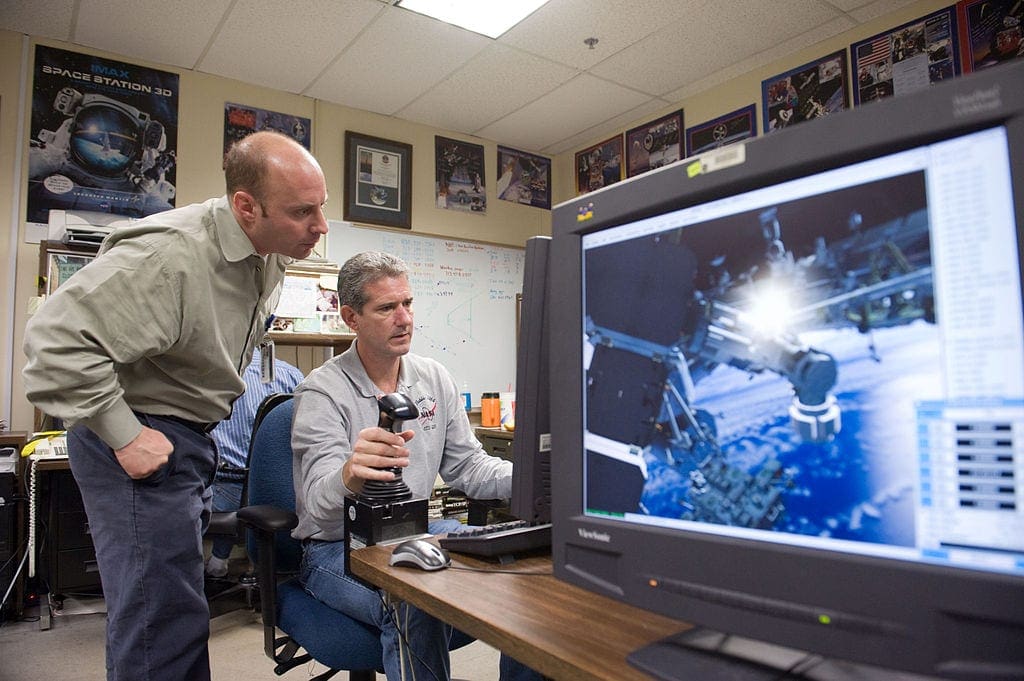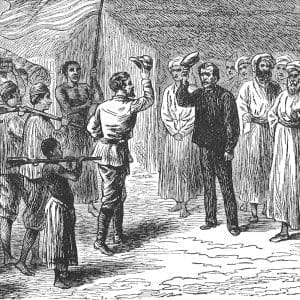Drilling into the important role of capturing knowledge in promoting corporate innovation, highlighting the importance of creation & curation, sharing & collaboration, and impactful use.
- … the business or functional domain, and [your company’s] self-image & self-awareness in that domain (who we are, and how we talk).
- … process & deliverables expected out of recurring and ad-hoc information requests (what info, when do you need it, and what format?).
- … the technical skills required to access & manipulate data and use the corporate reporting tools (where is the data, and how do I get at it?).
- … the softer skills – asking better questions, anticipating response and follow-up questions, and delivering simple, insightful, elegant answers.
Most organizations will jump to the technical stuff, and devote a lot of time, attention, experimentation, and opinions to building a destination (intranet? portal?) that aggregates and presents your existing information in a “user-friendly” way. Unfortunately, this is often seen as the easiest challenge to solve (just buy [something] to make our problem go away). In reality, a knowledge management system is magically complicated enough to drive your team to think the lack of such a gathering place (repository? community?) is the root cause of their inability to innovate.
This idea has some truth, but in most companies, awareness and understanding of your reports and data is not captured well. Knowledge is hidden away in documents that are difficult to locate and read – it is not easy to communicate complex topics with soundbites & PowerPoint slides. This is why most organizations opt for On the Job Training (aka Follow That Guy Around); background information and training material are helpful, but they must be delivered to you in person, by the local expert.
Capturing Knowledge: A Catalyst for Corporate Innovation
Breakthroughs start when we realize the “magic” is not the environment that brings us the content – it’s the creation (and maintenance) of the content itself. Unfortunately, some organizations don’t equate the value of knowledge capture with the value of the business outcomes delivered by internal processes and systems. This is a crucial requirement when teams look at knowledge aggregation; a project that delivers sustainable success will provide the What (collected knowledge) and the Why (business results).
All too often, creating and maintaining adequate training documentation and capturing knowledge about how things work is typically not in the team’s job description or performance objectives. Some organizations will try to address the problem with “Super Users.” These are the “go-to” folks on the team, the ones who know the systems, the data, and all of those interactions intimately, and are happy to answer any and all questions. This is a promising solution, but it only works when the Super Users have a self-motivated and altruistic interest in knowing and sharing.
It can be challenging to create such a community of support unless the duties, tasks, and knowledge sharing provided by the Super Users are clearly spelled out as part of their performance objectives. If this is not in place, then knowledge transfer takes place only when there is time available. When the ToDo list gets too big, these folks are incented to not do the knowledge transfer; get the job done quickly, but not necessarily sustainably.
The root issue: we must teach the organization the value of content (Why) and the skills to create effective content (How). Effective content communicates understanding and gets the reader up to speed and productive without requiring the author to physically be there to explain. Unfortunately, when someone wants to pitch in and create this level of documentation but doesn’t understand how to communicate effectively, they may overcomplicate the process they are trying to teach.
Crowdsourcing in a Small Crowd
In my experience, many teams are encouraged by the breadth of the Internet and the power of web search. Everyone wants to find and consume data and information with insightful analytics and compelling visuals. Busy people want to absorb new concepts and methods that are easy to locate and read, with helpful training and reference material.
Here’s the challenge: everyone wants to use this stuff, but no one wants to create this stuff. Everybody wants an expert on the payroll, but no one wants to train, develop, and pay for that expertise. Everyone wants the ability to call a Super User, but no one wants to be a Super User (or pay extra for a Super User).
Consciously or not, organizations hope that good-hearted employees will raise their hand for this role. The best situation is when you can find that info-maven who, out of the goodness of their heart, puts in the time and attention to be a Super User. They will volunteer to write effective documentation, act as a knowledge broker, etc.
Note – this is where the public Internet tricks us. The math is fascinating; on the Internet, 5B people are hacking away on the World Wide Web. If a small fraction – say, less than a tenth of a percent – are actively capturing knowledge, then you would have a document library that benefits from the collected energy and intelligence of five million brains! Unfortunately, that doesn’t scale to the typical business – a tenth of a percent of your employee base probably translates to 2 or 3 people hanging around the water cooler, swapping stories on a coffee break.
I call this my Law of Large Numbers1Yes, I know that’s not strictly correct …; crowdsourcing only works when the crowd is big enough.
Knowledge and Corporate Innovation
If operational processes are the short-term justification for effective knowledge capture, then continuous improvement, sustainable growth, and other corporate innovation objectives are the long-term reasons to care. Captured knowledge can slash training time and support sustainable best practices – just one example of the more value we can derive from the corporate knowledge base. This is real value that is surprising, exciting, and fun to discover. It takes some spelunking, some thoughtful work to find the connections … but over time, you will see a recurring pattern emerge. It’s always fun to find examples where practical ideas and processes can be applied to multiple areas of the company.
Exciting things happen when you are exposed to informed ideas from new and different minds. Your teams have the same corporate culture and understanding of the mission – but they bring a different way of thinking about customers, operations, and products to the mix. What kind of magic will happen when Finance can apply ideas from Engineering, Customer Service can provide insight to Product Development, and the Manufacturing floor can source ideas for Marketing about new and different ways to provide amazing value to customers?
It’s all about timing, leverage, and presence. When ideas are flying all over the company, but in different rooms – how can we make the connections and discover the insights? A robust knowledge base will help, but only if we bother to use it. Standard work should include the capture of information as well as the search. Let’s start each day being a little “lazy” – before creating something new, let’s see if it’s already been done. When we find prior art and leverage it, we create new value and accelerate the innovation we desperately crave.
Real innovation happens when ideas meet and connect and collide and explode, finding new things to do, new challenges to address. As we build our knowledge repository to accelerate the training and onboarding process, we are also creating a beautiful database of ideas, possibilities, and opportunities for change. We are constructing an “idea warehouse” where people can look for identifiers of patterns that keep on re-occurring. These recurring patterns can help us group, mix, and merge ideas in new and impactful ways, directed towards revenue growth and/or cost savings. This is truly Corporate Innovation at the top of the P&L (revenue), and at the botton line (earnings).
Sounds exciting? Absolutely – and it’s a fascinating and fun exercise. Why can’t innovation be accelerated using the knowledge that already sits out there in people’s heads?
Breaking the Mold
The cynic might say that knowledge management and corporate innovation is where corporate-think kicks in…
If this kind of activity is not in my objectives, and missing from my established daily routine, then it will not happen.
To be fair, that kind of sentiment is absolutely correct. The challenge we have as internal corporate innovators is to break that model! Lead by example; show people how ideas can merge and meld and mix together, and make things real that we never anticipated were possible. We have to walk the walk, even though we don’t specifically know what those mergers and collisions and happy accidents will be. We have to have faith that they will create value.
In the rest of this series, I will dive into solutions for these challenges, but for now – what do you think? Have you seen effective ways to combat the challenge of knowledge management?
Related Material from the Internet: For those who want a little bit more …
- (article) Harnessing the Power of Knowledge Management to Drive Innovation – Introduction for a white paper on untapping hidden value.
- (book) Working Knowledge: How Organizations Manage What They Know by Thomas H. Davenport and Laurence Prusak
- (book) The Knowledge-Creating Company: How Japanese Companies Create the Dynamics of Innovation by Ikujiro Nonaka and Hirotaka Takeuchi
This timeless wisdom from 2010 has been updated with fresh insights …
20 July, 2023
- 1Yes, I know that’s not strictly correct …
- Capturing Knowledge: A Critical Requirement for Corporate Innovation
- Capturing Knowledge and Making It Findable
- Capturing Knowledge, and Making it Transferable
- Calculating the Cost Savings of Effective Training Material







This Post Has 0 Comments